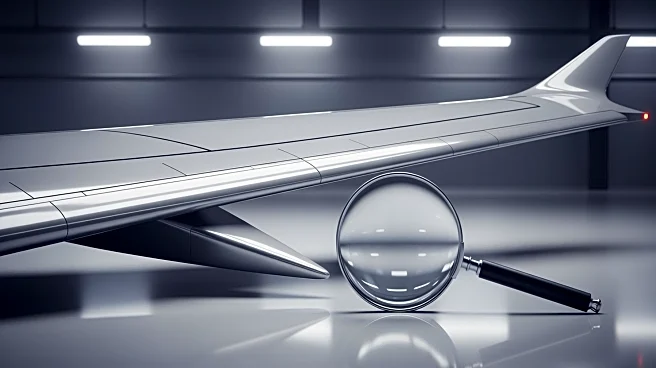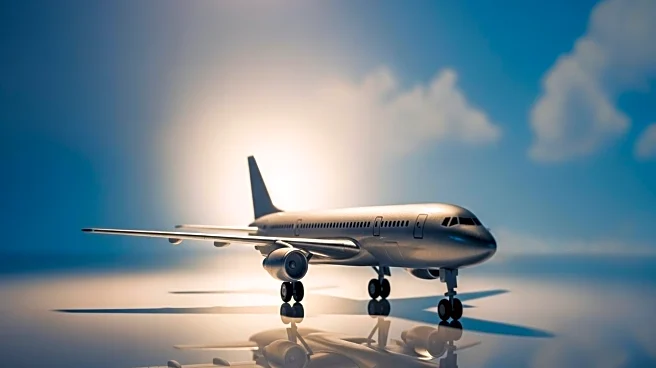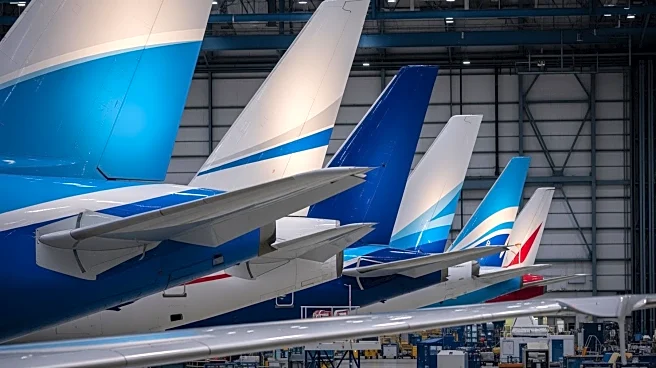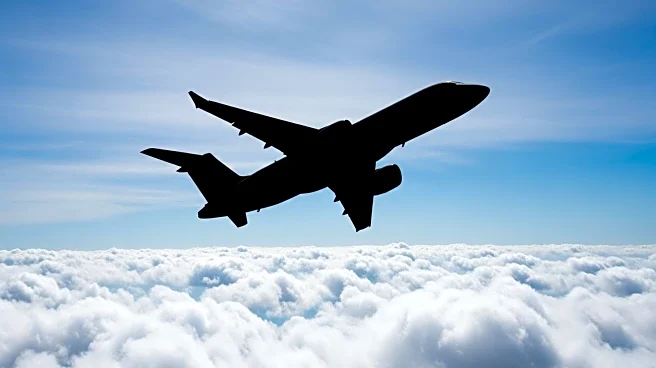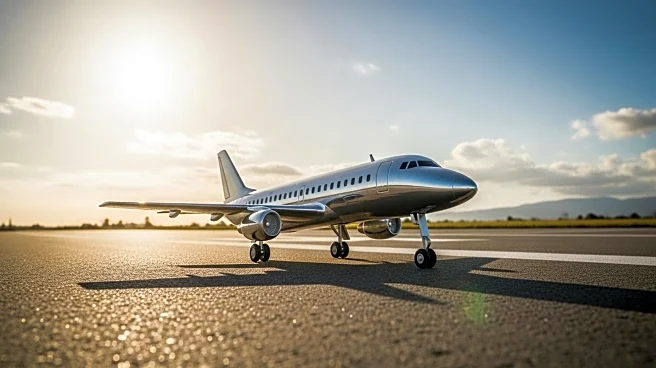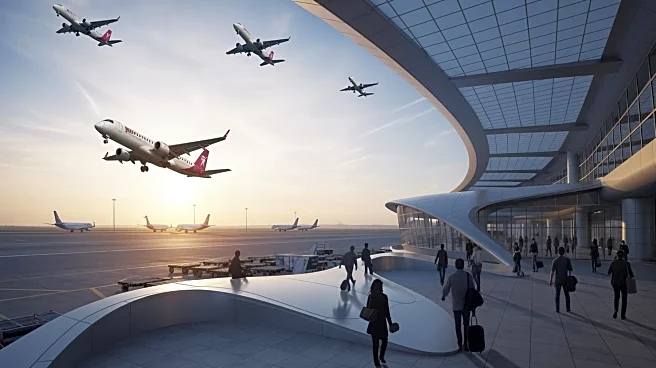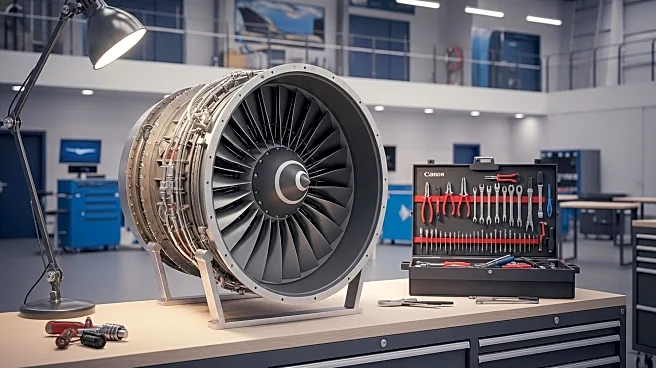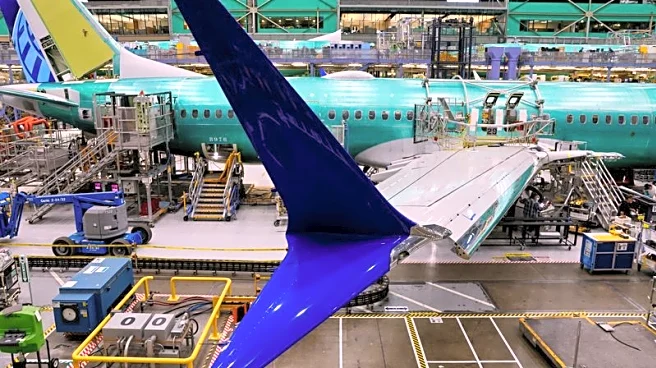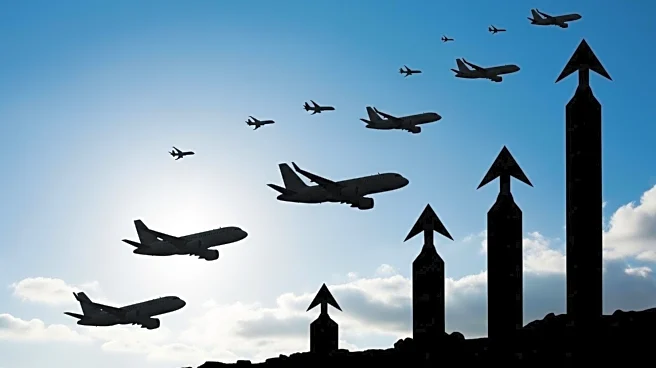What's Happening?
Executives from Airbus and Boeing have highlighted the need for additional suppliers to alleviate constraints affecting both new aircraft production and aftermarket services. William Ampofo, SVP of parts
and distribution and supply chain, emphasized the necessity of expanding capacity and introducing new entrants to balance the growing demand for new equipment and maintenance, repair, and operations (MRO) materials. The shortage of materials, including flight deck windows and various structural components, has been exacerbated by increased production rates and the need to maintain older aircraft. Both companies are working to improve efficiency and expand the use of serviceable materials, but the capacity gap remains a challenge.
Why It's Important?
The call for more suppliers is crucial for the aviation industry, which is facing significant material shortages that could impact production and maintenance schedules. As Boeing and Airbus ramp up production to meet demand, the need for a robust supply chain becomes more pressing. The shortage of critical components could lead to delays in aircraft delivery and increased maintenance costs, affecting airlines and passengers. Expanding the supplier base could enhance industry resilience, ensuring that production and maintenance operations can continue smoothly, thereby supporting the broader aviation sector's growth and stability.
What's Next?
Airbus and Boeing are likely to continue collaborating with existing suppliers to improve efficiency and explore new partnerships to expand the supplier base. This may involve strategic investments and sharing demand forecasts to encourage supplier growth. The industry could see new entrants in the supplier market, potentially leading to innovations in material production and supply chain management. Stakeholders, including airlines and regulatory bodies, will be closely monitoring these developments to assess their impact on production timelines and operational costs.
Beyond the Headlines
The push for more suppliers may lead to long-term changes in the aviation industry's supply chain dynamics. As new companies enter the market, there could be shifts in competitive landscapes and technological advancements in material production. This development also raises questions about regulatory challenges and the investment required to establish new suppliers, which could influence industry standards and practices.


